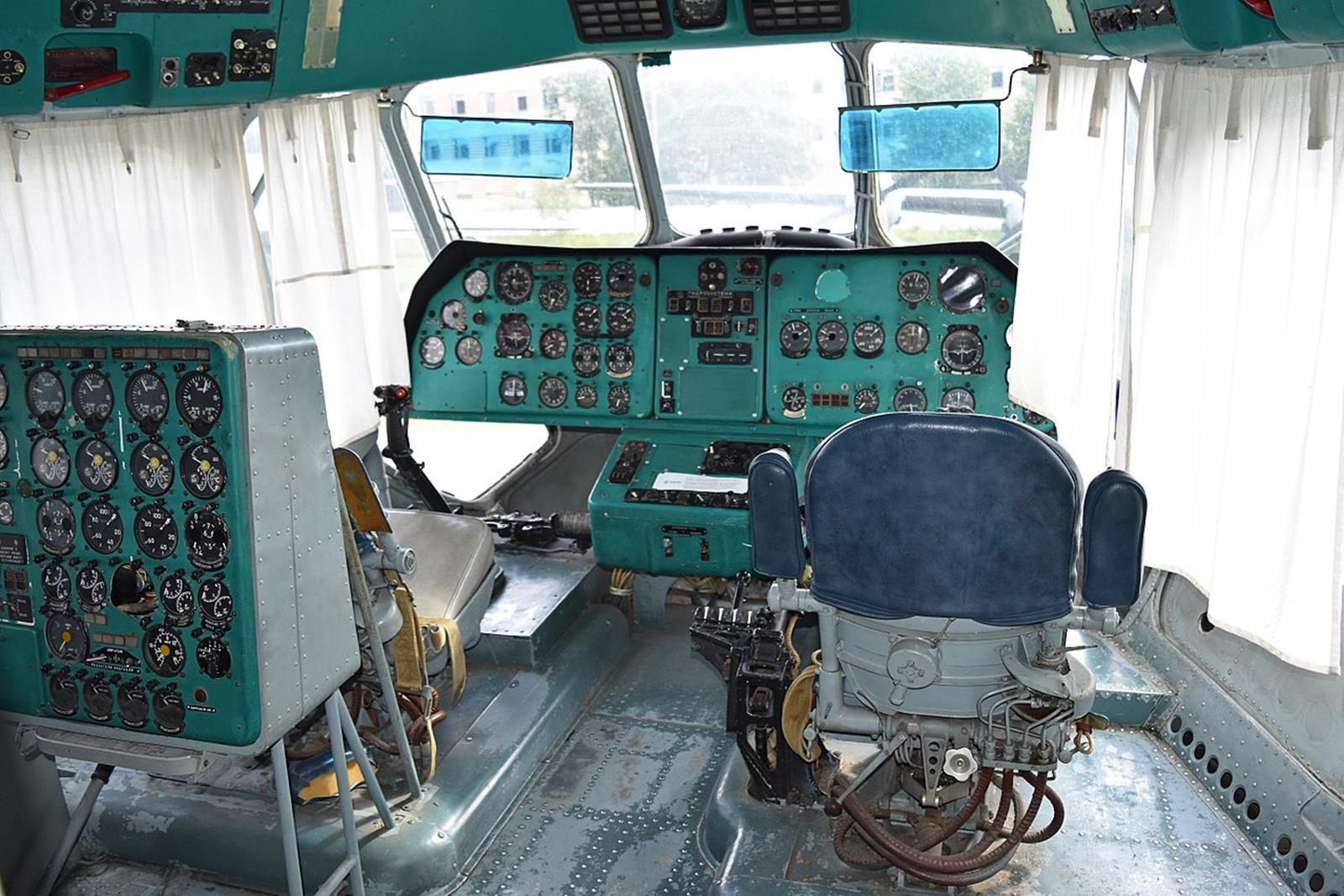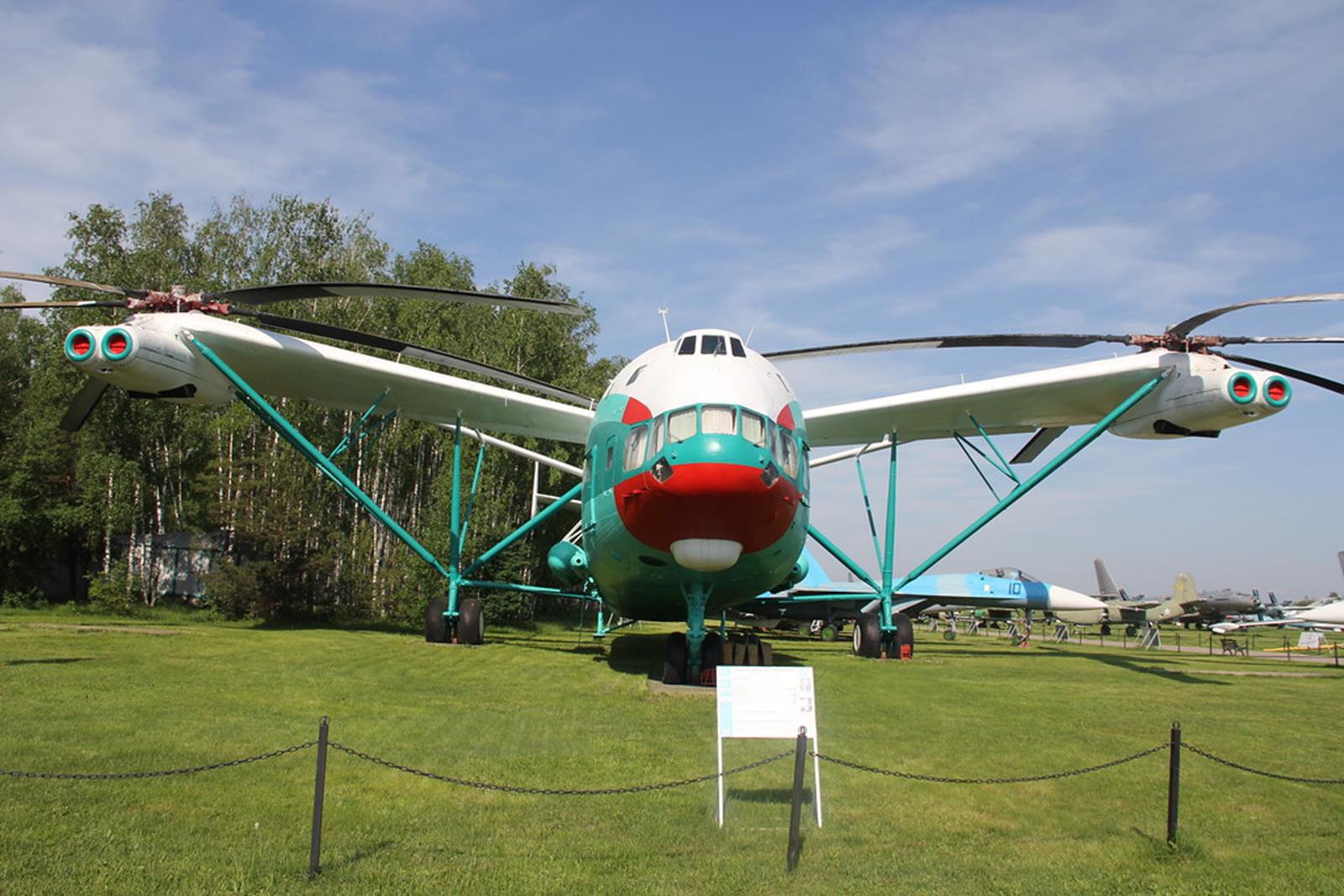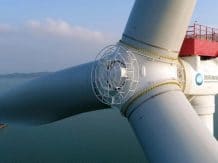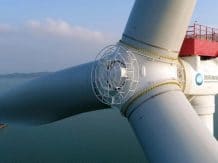The Mi-12, which the NATO organization called Homer, was a record disaster, because although it still remains the world’s largest helicopter, after its creation it quickly turned out that it was completely useless.
Proud to be the world’s largest, the Mi-12 was a complete failure
The former Soviet Union, like the Third Reich, left behind a series of strange equipment, in which he hoped for a change in the situation on the battlefield. The huge helicopter, although it is an easy target, is also an irreplaceable gem in the military arsenal for transporting not only a whole lot of people, but also heavy equipment. However, the USSR had a different role for the Mi-12. This one was primarily designed to transport ICBMs, avoiding the need to use the rail network monitored by US intelligence.
Also read: A policeman with a jetpack in action. Watch the video
By itself, the Mi-12 did not provide the USSR with a spectacular catastrophe in the form of an explosion or leaving a whole mass of dead bodies behind, but it was definitely not a successful piece of equipment. He was tormented by strictly design problems, especially the way of mounting the engines and the operation of the rotors on the booms, and the flight stability was impaired. However, this did not kill the world’s largest helicopter.
The Mi-12 was rendered useless – at least for its original purpose – by the development of US spy satellites that could peer deeper into the USSR. The same was done with the upgrade of ICBMs. These became lighter and lighter so much that they could already be transported by trucks. Reason? First of all, the MIRV technology, i.e. stuffing several warheads into one missile, which significantly increased the overall firepower.
Also read: The future of Bell’s powered lifts, i.e. the military concepts of HSVTOL
History Mi-12
It all started in the Soviet office of Mikhail Mil in 1959, when Soviet designers came up with the idea of a new ultra-high payload helicopter that could transport nuclear missiles to remote missile bases. It was then that the project of a helicopter the size of a jet plane saw the light of day for the first time, which was a solution to the new challenges faced by the former Soviet Union.
This one could not boast an extensive rail network, which turned out to be a problem in the late 1950s and 1960s, when the construction of a network of bases for nuclear missiles began. A hastily erected railway line would point directly to the Americans where exactly the USSR had created its new bases, and the secret would be lost in the blink of an eye. U-2 Dragon Lady spy planes were constantly flying high above, remaining beyond the range of any missiles.
No wonder, then, that tempted by the solution of the “problem”, the Soviet leadership gave the green light to the idea of creating the Mi-12 in 1962. It took three years to construct the first one, which was 37 meters long and 12.5 meters high, and its two transverse rotors boasted a diameter of 35 meters.
Also read: Space Force created STARCOM. This is where the US Space Force Guards will be trained

No wonder that this 60,000-kilogram body had to fly as many as four Soloviev D-25VF turbine engines with a capacity of 6500 horses each. It was estimated that the Mi-12 would be able to fly up to 800 kilometers with a maximum speed of 260 km / h, but the first Mi-12 constructed did not allow itself to do such trips, because when it made its first flight in 1968, it lasted only a dozen or so seconds and left much to be desired. There were no explosions, but the vibrations of the powerplant were so transmitted to the rest of the structure that the hull swung in the vertical plane.
However, this did not discourage engineers from making improvements, and a year later, the world’s largest helicopter, as a second prototype, set a record for lifting capacity, lifting a load of 2,255 meters with a weight of 44,205 kilograms in a cargo space of 28.5 meters in length. and a width of 4.39 meters. Do you need a scale? The Mi-12 could easily accommodate full-fledged city buses, even two.

Also read: An important simulation of refueling a fighter with the Boeing MQ-25 drone is completed
Finally, the USSR boasted its second already produced Mi-12 during the international show in Paris in 1971. At the time, NATO was afraid that such a huge helicopter would be used as a tactical airplane that would be able to transport armored vehicles to the front, but the reality was different. This show in Paris was the last chance to hear officially and publicly about the Mi-12, as the project simply took too long to develop and became too outdated for further development to make any sense. It was simply buried by technological progress, and now the latter prototype is stationed in the Russian museum.
Want to stay up to date with WhatsNext? Follow us on Google News














